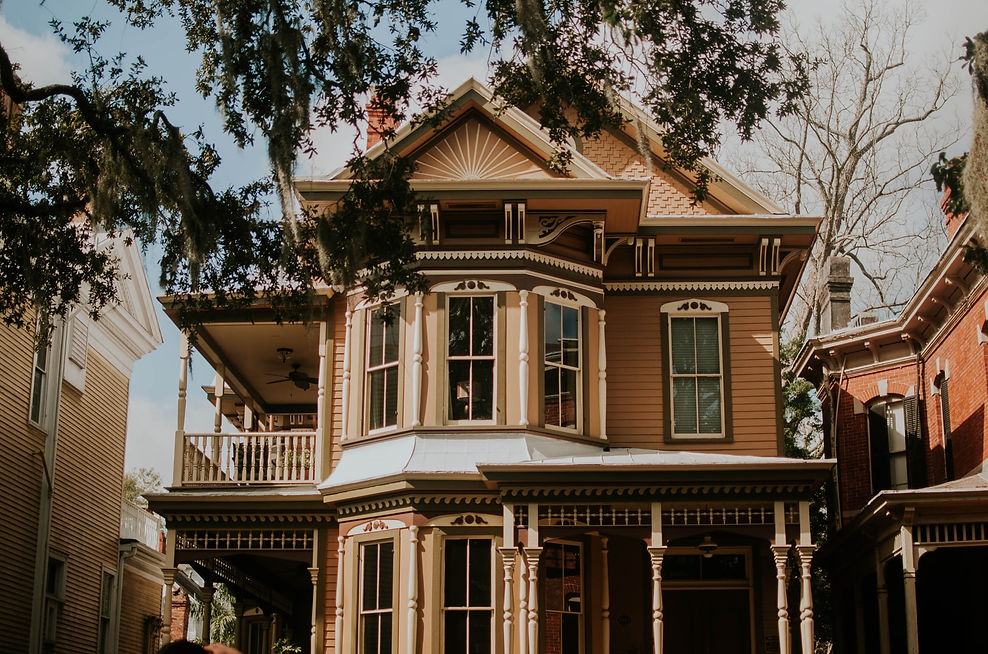
BACKGROUND
This project work is an outcome of the contextual research conducted as part of the IDUS 711 course at SCAD in the duration of 6 weeks. The purpose of this course was to learn the techniques—such as interviews, focus groups, contextual inquiry, surveys and questionnaires and the creation of novel research methods—necessary to conduct relevant and useful research. Ethnographic Research was conducted to understand Waste as a Phenomenon and not just a problem. The project further was narrowed down to waste generated through construction and demolition globally and Savannah in particular.
Team
Aakansha Sharma, Disha Vanzara, Ha Young Ra, Shruti Narkar
My Key Role
Project Manager:Scrum Master, Research, Interaction, Design Methodology and Framework, Creative Design, Strategic Planning and Compilation
Subject of Study
The Hunt Statement
To explore the deconstruction debris in Savannah and analyzing possible opportunities to build an efficient deconstruction waste management system for the city
Research and Positioning
SWOT, Research space, stakeholder and methodology maps were prepared to understand the scope of research opportunities in Savannah

Stakeholder Map
Research Space


Value Proposition

Research site in Savannah,GA

Interviews, Observations and Workshops
To feel and relate to the experience of the users and getting to know why interviews and participant studies were the most feasible options. A question pool was created from which and selected questions were picked to build the basis of the interviews for the stakeholders. The interviewees were from diverse backgrounds, like organizations, designers, mentors in design schools. On average, an interview lasted for an hour. We interviewed them through mediums like phone calls, meeting personally and documented these the data in several ways like note-taking, recording, photographs, videos. After individual interviews, we organized our responses into a spreadsheet for better viewing. We also made coded categories from responses and developed charts to see the information clearly.
Research site in Atlanta,GA

Interviews and Interactions
Site Visit, Workshops and Participant Observations
Cultural Probe
A Cultural Probe is a collection of tools, artifacts, and tasks with the purpose of provoking the user to observe and think about their environment in different ways. The cultural Probe was designed to understand the perception of waste for the residents and designers in Savannah. A concept was developed as to how to retain the information on the concept of value and perception of waste.
Cultural Probe Concept


Sell
Landfill
Recycle
Deconstruction
Donate


Exposing the Cultural Probe





Surveys
A survey was designed with a total number of 13 questions. The intention of this survey was to understand the degree of awareness between residents and designers pertaining to the idea of the use of reclaimed materials from old buildings/houses in Savannah. The survey also helped establish the urgency of design interventions and opportunities in the D&D industry in general. The survey was circulated online for 72 hours and 119 responses were reaped in the duration.

Analysis-Affinity Mapping
Yellows
The first stage of affinity mapping was to cluster all our data points based on our intuition. As a group, we wrote over 578 individual data points on yellow sticky notes. These data points were from our secondary and interviews.
Blues

After a tedious session of grouping the data points, we assigned headers to our yellow data clusters using blue notes in 12 headers.
Greens
We finally assigned headers to the blue notes using green notes. These further distilled our data into abstracts describing themes. After much deliberation, we are able to refine the results of our data into the voice of the user into 6 groups.
Pinks
The pink notes filtered our data into a more generalized representation of the above green groupings. These are written in the form of possible interventions derived from all the data points.




Analysis and Design Frameworks
Empathy and Persona Maps were created to understand, evaluate and analyze the experiences of the stakeholders and frame the progress of the project.
Journey Maps
Journey maps were created for Demolition and Deconstruction to draw comparisons. The maps were based on 3 guiding principles -cost, time and material.
POEMS and Community Based Social Matrix (CBSM)
Poems were used to analyze the participant observation data recordings and reports.
The CBSM method is based on social psychology and draws from the idea that sustainable behavior change is most effective when it involves direct contact with people and is carried out at the community level.
CBSM

Conceptual Frameworks
Conceptual frameworks were designed before brainstorming on the interventions. All the data procured through secondary and primary research was evaluated using different research methods mentioned above. Post analysis it was ascertained that the analysis was drawing a common census.


Interventions
We brainstormed about different elements that were repetitive and were highlighted throughout the research work. Utilizing different design thinking tools like brainstorming and mindmaps we created 3 interventions. Since this course was more research-oriented and not solutions-focused, we decided to prepare mood boards for the interventions.

SCADcon Platform

SCADcon Concept
SCADcon Moodboard
SCADcon is a two-way efficient platform that connects deconstruction organizations with the Designers at SCAD. The intent of the platform is to bridge the gap between salvaged and harvested products that are considered waste by people in general.

The Decon Project
This is an online portal where the haves is connected with the want to have in the Deconstruction industry. This platform connects various stakeholders of the D&D industry as well as the residents who wish to reuse reclaimed materials.

Decon Saturday

Decon Saturday is inspired by the concept of the farmers market. This is a community-building platform where workshops will be conducted, and the Decon organization, as well as the residents, will have the opportunity to redesign/build something out of the reclaimed materials from collapsing/ abandoned / old/demolished buildings and sell them off (thereby bringing value and changing the perception of waste).

Key Takeaways from the Project
The Day











